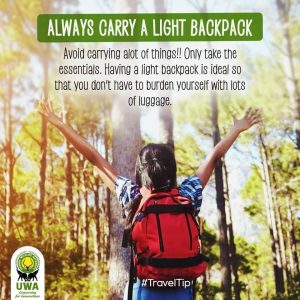FAQs ABOUT GORILLA TREKKING IN AFRICA
Choosing to trek the endangered mountain gorillas is one decision that joins you with the many world travelers that have gone before you and trekked the mighty apes in their natural habitats in Africa’s rainforests.
Trekking the mountain gorillas is surely one of the most preferred activities by the majority of the East African tourists. However, most trekkers have frequently asked several questions on before booking and embarking on their African gorilla safaris.
And if you have also been asking yourself questions about Gorilla trekking in Africa. Today you land on a lucky stone, Love Uganda safaris has perfect answers to the frequently asked questions about mountain gorillas.
What is gorilla trekking?
Gorilla trekking is a tourism activity that involves walking through the thick forest, sometimes even hiking up steep mountains in the search of these endangered apes. Just to finally encounter with them and spend one magical hour watching them play with each other, feed and carry on their daily routines. Note that you can take as many photos of the mountain gorillas provided the camera has no flash.

Where can I go for gorilla trekking?
Despite being one of the most exclusive tourism attractions, trekking the mighty apes can only be done in three Africa countries of Uganda, Rwanda and the Democratic Republic of Congo. These are the only prime homes of the mountain gorillas in Africa. In Uganda it’s done in Bwindi impenetrable forest national park and Mgahinga national park, Rwanda in Volcanoes national park and Virunga national park in DR Congo. In those four national parks, you can never go wrong on gorilla trekking in Africa.
When is the best time to trek the mountain gorillas?
Gorilla trekking in Rwanda, Uganda and DR Congo can be done throughout the whole year, but the best experiences are the ones during the dry seasons of June to September and December to February. The fact that these mighty giants of the forest live in mountain slopes, dry weather is more favorable than the wet season.
How many mountain gorillas are there?
The tropical rainforests of Uganda, Rwanda and the Democratic Republic of Congo are home to more than 900 mountain gorillas. From the recent census, the mountain gorillas shifted from the critically endangered zone to being just endangered, which was great positive news. Uganda’s Bwindi is home to almost three quarters of the world’s total remaining population of the mountain gorillas, and the rest comfortably dwell in Mgahinga, Volcanoes and Virunga national parks.
How much is a gorilla permit and what is included in the gorilla permit fees?
Gorilla permits have different prices in different countries. In Uganda a gorilla permit only costs 600 USD and can be booked through any tour operator or the Uganda Wildlife Authority. In Rwanda, it being a luxury destination, a permit costs 1500 USD and 450 USD in the Democratic Republic of Congo. The gorilla permit fees include the guiding fees, park entrance fees, park parking fees, as well as the conservation, maintenance and monitoring of these great apes in the forest.
How much time does it take to trek the gorillas? And how long do I spend with the gorillas?
Trekking these apes takes approximately 1-8 hours depending on the luck of the trekkers and where the gorillas spent the previous night. One group might spend one hour in the forest and then meet the apes, and the other even leaves in the evening without meeting a gorilla family, though this is very rare, the chances of seeing the mountain gorillas are at 99%. And on encountering them, trekkers specifically spend only one hour with the gorillas; this applies to all gorilla destinations in Africa.
By any chance if your question has not been answered, it is very okay to inquire more, we are always at your service anytime you need us. Don’t hesitate to ask us your queries about mountain gorillas, remember, knowledge is power.
